Shaoxing rice wine is commonly used in Chinese cuisine. It’s essential for preparing meat or fish, either in stir-fry or in braising dishes.

Shaoxing (Shaohsing) rice wine (绍兴酒) is a type of yellow wine (黄酒) used in Chinese cuisine. It was originally produced in Shaoxing, a city in Eastern China’s Zhejiang province. It’s also a popular drink, served cold or warm (often cooked with dried plum, dried tangerine, rock sugar, etc.).
As its name suggests, Shaoxing rice wine is fermented from rice, glutinous rice precisely. Glutinous rice doesn’t contain gluten, the term “glutinous” refers to the sticky texture when the rice is cooked. However, it is worth noting that there is also a small amount of wheat in Shaoxing rice wine. So, it’s not gluten-free. The alcohol percentage is around 14.
Shaoxing rice wine is an amber-coloured clear liquid. It has a mixed aroma and taste. For those who are unfamiliar with it, Shaoxing rice wine doesn’t smell much like alcohol. Some think it has a very particular taste: vinegary, spicy and caramel-like.
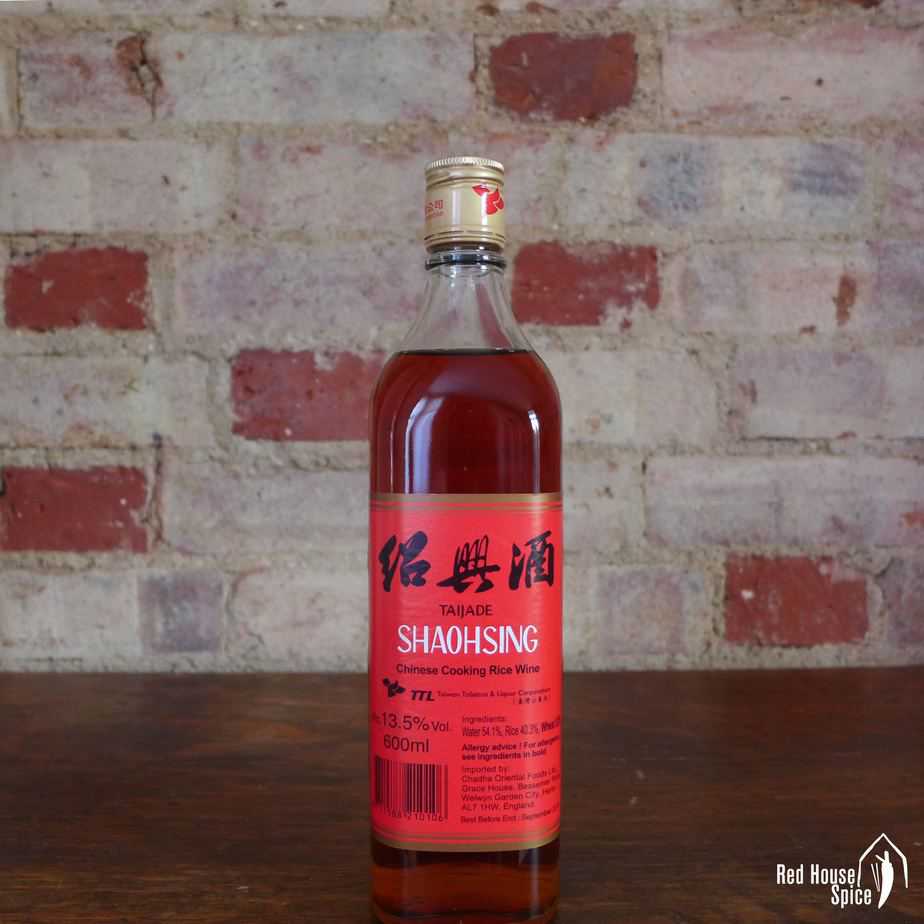
Playing an important role in Chinese cuisine, Shaoxing rice wine is commonly used for everyday cooking. It’s essential for preparing meat or fish, either in stir-fry or in braising dishes. It eliminates the unpleasant smell of raw meat (or fish) and adds an aromatic, rich flavour to dishes.
In most cases, you only need a few spoons of rice wine. But for certain dishes, such as Three cup chicken, Red-cooked Pork Belly, Drunken Chicken, etc, you need to use a much larger volume of rice wine to create the desired taste.
If only a small amount of rice wine is called for in a recipe, you may replace it with dry sherry. Sometimes, especially for fish and other sea foods, white wine can also be used as a substitute.
Shaoxing rice wine is available in Chinese/Asian shops, and in some mainstream supermarkets as well. When purchasing, I suggest you always check the nutrition label. Good quantity ones contain very little salt. For example, mine has 0.08g salt per 100ml wine. But I’ve seen brands which have as high as 0.51g salt per 100ml wine.


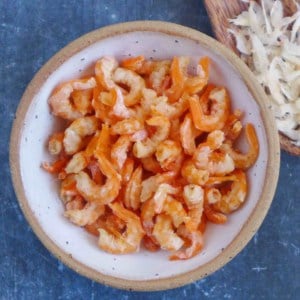
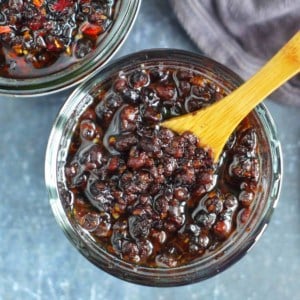
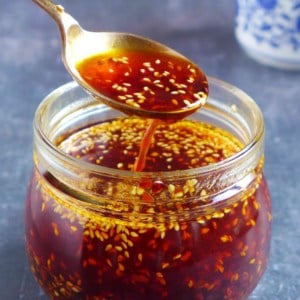
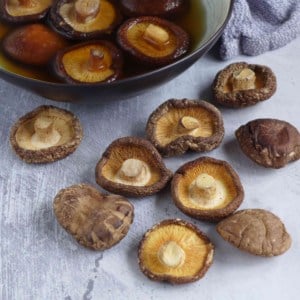
Thanks very much, Wei! I find your recipes and the care you take to make additional information and suggestions (tips) to make for interesting reading. You are inspiring me to start cooking Chinese dishes which I’ve previously thought to be too time consuming!
Glad you find my blog helpful and wish you a fun time cooking Chinese food, Mei!
Where can I buy the Shaoxing drinking wine, not cooking wine. Thanks
I haven’t paid attention to drinking Shaoxing wine but I assume some Chinese stores would have it.
Does the Shaoxing wine version you use in your recipes have SALT? Thank you. I find it very hard to find any unsalted Shaoxing wine where I live in Canada.
The Shaoxing wine I use in my recipes contains 0.08g salt per 100ml. But I’ve seen versions (usually much cheaper) that contain about 0.50g salt per 100ml which I don’t recommend.
hi Can i use balsamic vinegar instead of shaoxing wine?
Hi Nicci! They are not interchangeable. The taste is very different. If a recipe doesn’t call for a big quantity of rice wine, you can simply omit it.
Hi Wei,
I was wondering what Taiwanese brand shaoxing rice wine you use. I also wanted to ask if it is typically supposed to be salty. Thank you.
I’ve used Shaoxing rice wine that’s made in Taiwan but I don’t remember the brand name (if there is any). On the bottle, it just says “Shaoxing rice wine”. Yes, it contains salt so it does taste a little salty.
Since wine doesn’t keep for very long once it’s opened, can you freeze it in small quantities to make the bottle last longer?
You don’t need to freeze Shaoxing rice wine. In Chinese households, it’s always left in the cupboard or on the counter. If you wish, you could keep it in the fridge.
How do you use it to get rid of pork smell? Do you soak it for time before preparing it?
You don’t need to soak the meat in Shaoxing rice wine. Add some to the marinade or simply pour in a little when stirring frying the meat.
do you know a non alcoholic substitute for this shaoxing ? thank you
Hi Muhammad! I don’t think there is a non-alcoholic substitute for Shaoxing rice wine. If the recipe only calls for a small amount of rice wine, please feel free to omit it.
How about plum wine as a substitute for Shaoxing rice wine? I’ve never tasted plum wine, so I have no idea whether it’s at all similar. Thanks for your help.
I guess you mean Korean Maesil-ju by plum wine. I don’t think it’s a suitable substitute as it’s pretty fruity and sweet, very different from Shaoxing rice wine. If a recipe calls for a very small amount of Shaoxing rice wine, please feel free to skip it.
try an sherry or marsala wine if it is just a small amount and you can’t find Shaoxing. I think that would be better than leaving it out. It’s like a sweeze of lemon with a dash of sugar and salt. It adds to the mouth feel.